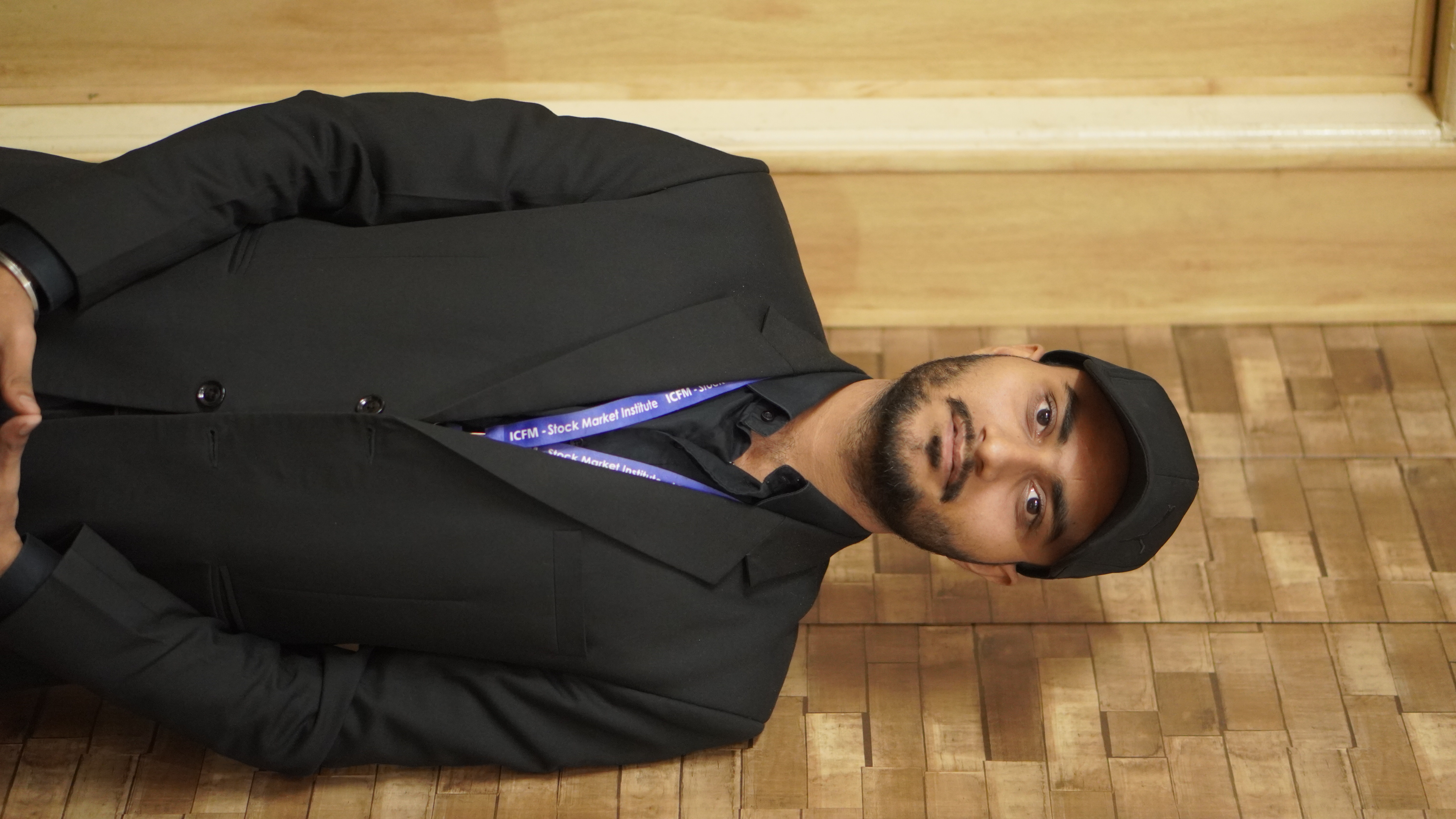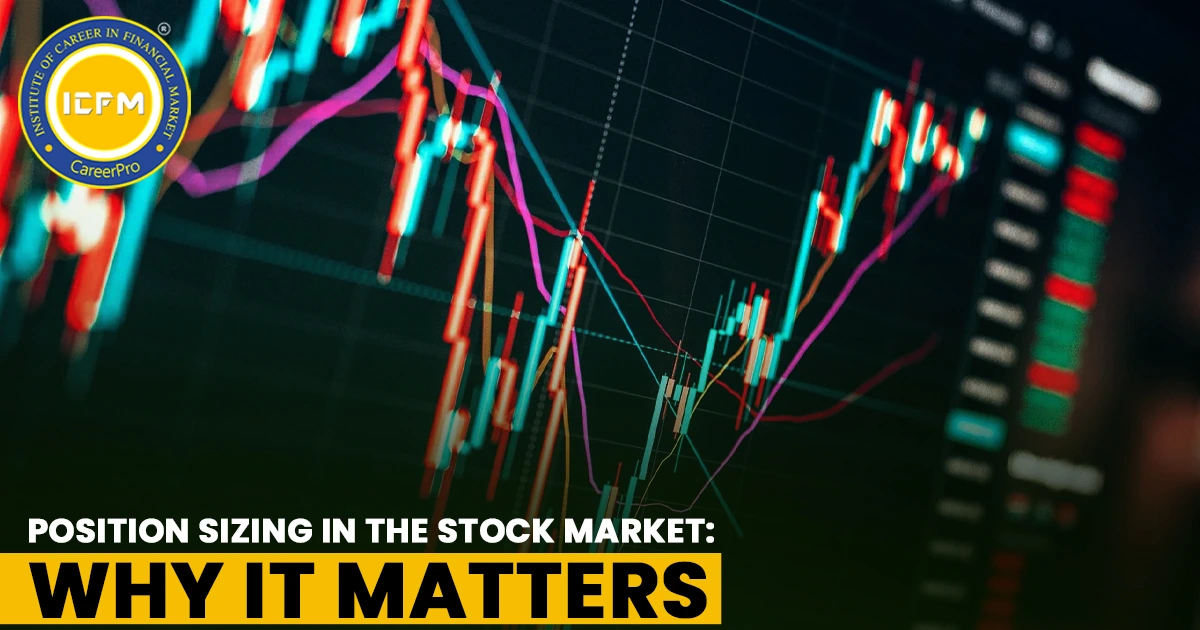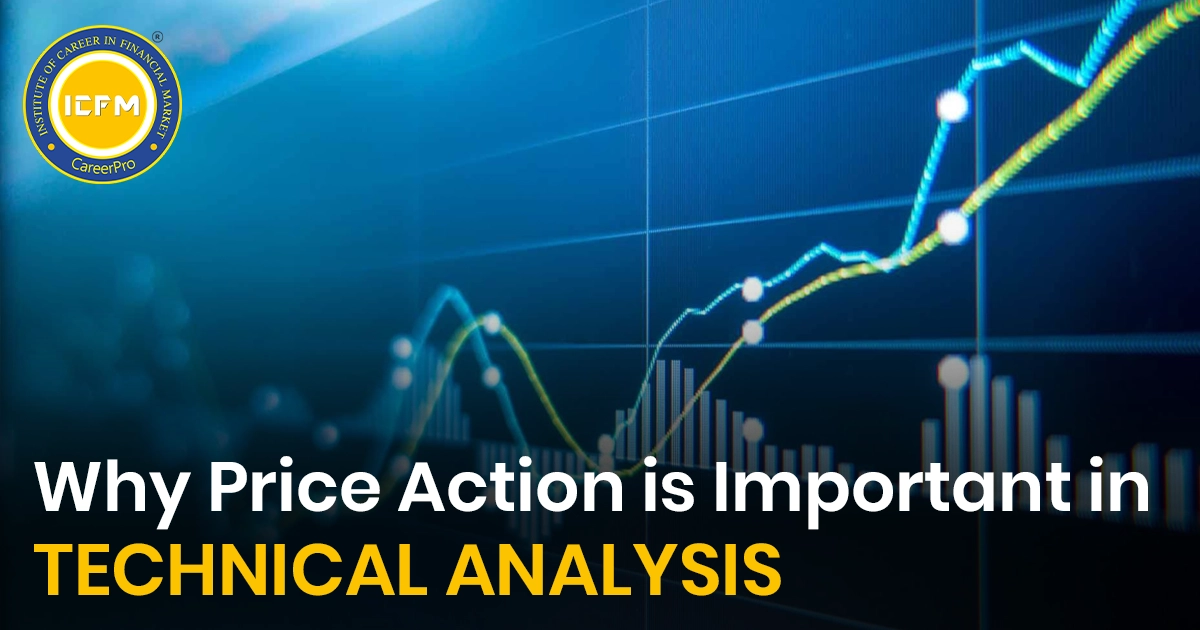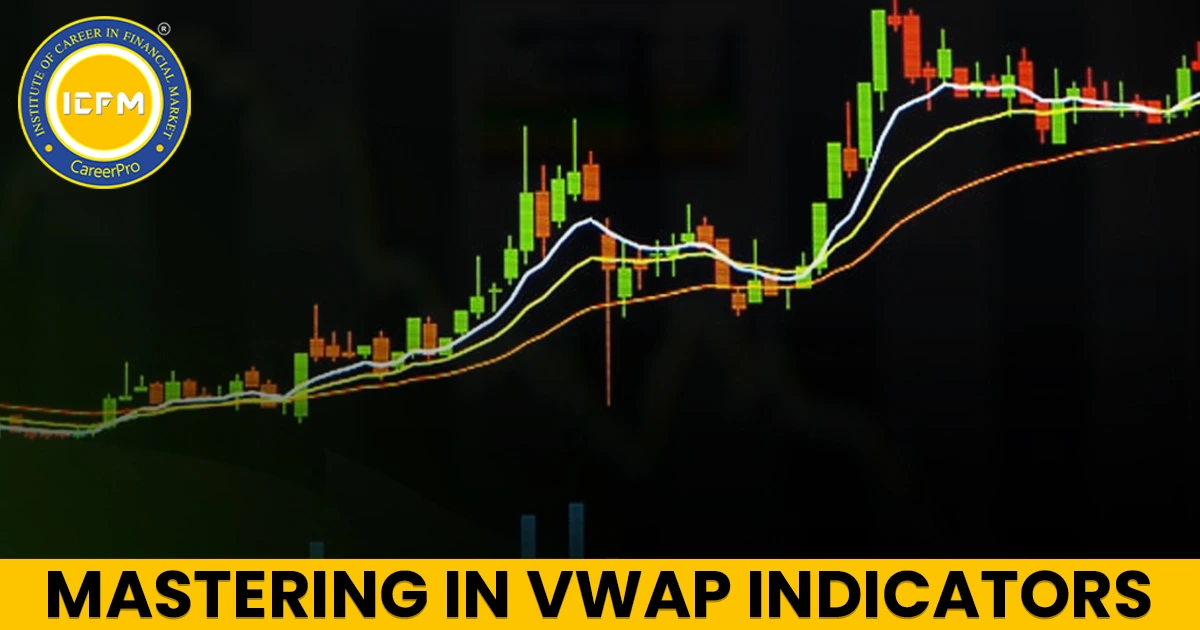Trend following indicators are one of the tools necessary for a trader to understand the prevailing trends in the market. Learn how and when to use them in this guide.
Trend Following Indicators:
1. Moving Averages (MA)
Types of MA: Simple Moving Average, Exponential Moving
Average
When to Use
Crossovers: Buy when the short term MA cuts above a
long-term MA when it presents a bullish signal. Sell when it cuts the short
term MA below the long term MA when it shows a bearish sign.
- Support/Resistance: The price usually reacts to the moving
averages.
2. Average Directional Index (ADX):
Use
Trend Strength: Readings above 20-25 indicative of a strong
trend; below an indicative of a weak or ranging market
Entry Signals: When +DI and -DI lines cross; go long when +DI is a dotted line that penetrates above a dotted -DI line; go short when the latter occurs as well.
3. MACD (Moving Average Convergence Divergence):
Use
Signal Line Crosses: Long when the MACD line is dotted and
crosses up over the signal line and short when it crosses under the signal
line.
Divergence: Look for price versus MACD divergence which can
indicate a potential reversal.
4. Bollinger Bands:
Usage:
Continuation of Trend: In upward trends, go long when the
price has dipped to the contact of the lower band, and in downward trends, sell
if the price touches the upper band.
Compress: This is in the contraction of the band; this low
volatility may be a precursor to an abrupt movement of the price.
5. Parabolic SAR (Stop and Reverse):
Usage:
Trailing Stops: Utilize it for entry for trailing stop-loss
orders in trending markets. Buy when the indicator appears below the price,
sell when it appears above it.
When to Use Trend Following Indicators:
1. Trends: They perform extremely well in trending markets, both up as well as down. They provide false signals whenever the price is oscillating laterally or choppy.
2. Always seek confirmation to enter a buy/sell in a
scenario where you would enter a trade from multiple indicators and/or price
action.
3. Time Frames: This is so that you can know which time frame you are trading in. The hourly charts, or the 15-minute charts, would be good for identifying short-term trends. On the other hand, the long term trends could be well identified by the daily charts or the weekly charts.
4. Market Environment: You have to monitor information about whether any change has been made in the economy, results, or otherwise, which might affect the market and control its direction for trading.
Tips When Using Trend Following Indicators:
1. Cluster Indicators: Apply a cluster of indicators for stronger confirmation. For instance, you can apply moving averages with the ADX for trend validation.
2. Use Stop Loss Orders: Use stop-loss in cutting back any
negative price movement. Depending on what indicator is applied, your stop
level would be different, like that of the Parabolic SAR.
3. Volatility Adjustment: Base your trade on the volatility of the marketplace. High-volatility conditions would mean that you would require wider stop-losses and target levels.
4. Review and Fine Tune Periodically: The markets are always
in a state of change; therefore, review periodically how well your
trend-following indicators have been performing and fine-tune your strategy as
circumstances dictate.
Reviewing these indicators and how to correctly apply them would increase the likelihood of really understanding market trends and maximizing those trends.









